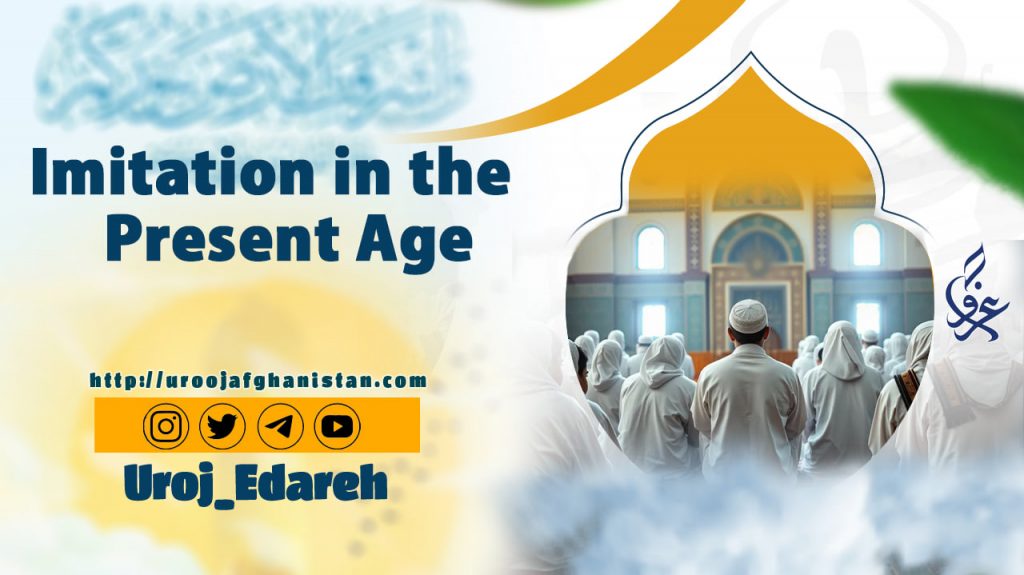(Part 14)
The Continuation;
The Second Topic: History of Taqlid (Imitation)
The Emergence of the Two Great Schools: Ahl al-Ra’y and Ahl al-Hadith
The emergence of the two great schools—Ahl al-Ra’y (the School of Opinion) and Ahl al-Hadith (the School of Tradition)—is one of the hallmarks of this era. The School of Ahl al-Ra’y was established in Kufa, Iraq, while the School of Ahl al-Hadith was founded in Medina, Hijaz. The key differences between the two schools were:
1. The Ahl al-Ra’y school, due to the multitude of secondary issues, used to resolve matters before they actually occurred.
2. They relied less on hadith because of the prevalence of fabricated and forged narrations; this approach followed the practices of Umar ibn al-Khattab and Abdullah ibn Mas‘ud. They set strict conditions for accepting hadith.
3. This school was founded in a region full of tribulations.
The Ahl al-Hadith school, founded in Medina, held a special status among Muslims because it was Dar al-Hijra (the land of migration), where Islamic legislation was revealed, and it witnessed the presence of the Prophet (PBUH), the Rightly Guided Caliphs, and noble Companions. At the beginning of this school, when scholars were asked about an issue, they would first consult the Qur’an, then the hadith, and if no answer was found, they would refrain from issuing a ruling. Characteristics of this school included:
1. Emphasis on taking hadith and traditions, and avoiding personal opinion unless absolutely necessary.
2. Medina was the center of the Companions, who possessed such a wealth of hadith that they had no need for personal opinion.
3. Their lives were extremely simple and primitive, and secondary issues were not as common as in Iraq.
4. They were far removed from the land of tribulations (i.e., Iraq), (al-Qattan, 1422 AH, pp. 289–294). These two schools later became foundational for great contributions to their followers and the broader scholarly community across the Islamic world. Taqlid (emulation) during this period was particularly more emphasized within the Ahl al-Ra’y tradition.
The comprehensiveness of the four Sunni madhhabs (legal schools) stems from both schools—Ahl al-Ra’y and Ahl al-Hadith. There is no real conflict or contradiction between the two, as most scholars had teacher-student relationships with each other. For instance, Imam al-Bukhari and Imam Muslim were students of Imam Ahmad ibn Hanbal, who in turn was a student of Imam Abu Yusuf and Imam al-Shafi‘i. Therefore, the four madhhabs incorporate the views and approaches of both schools, and following them is akin to following the Prophet (PBUH), the Companions, the Followers, and their Followers.
